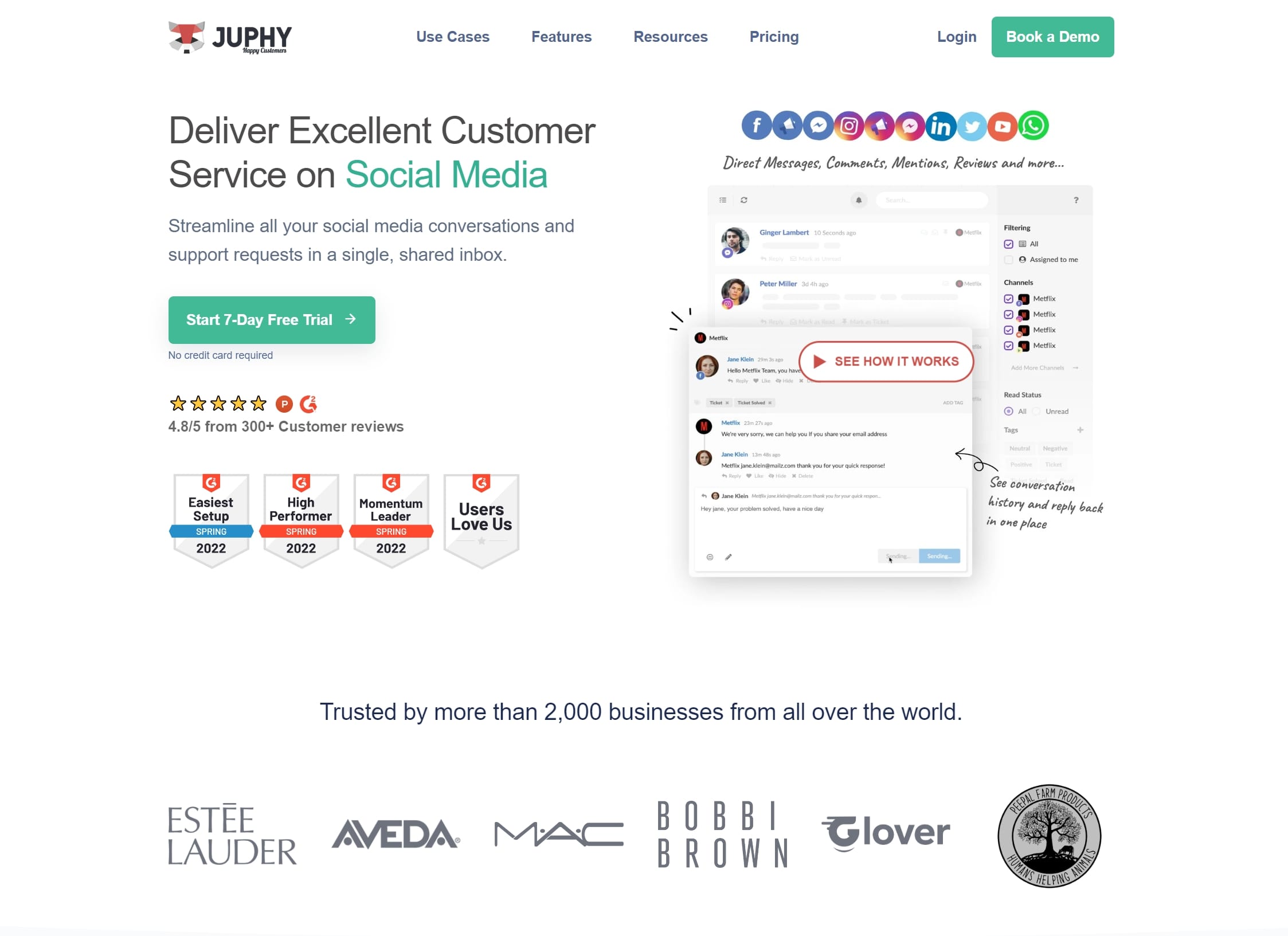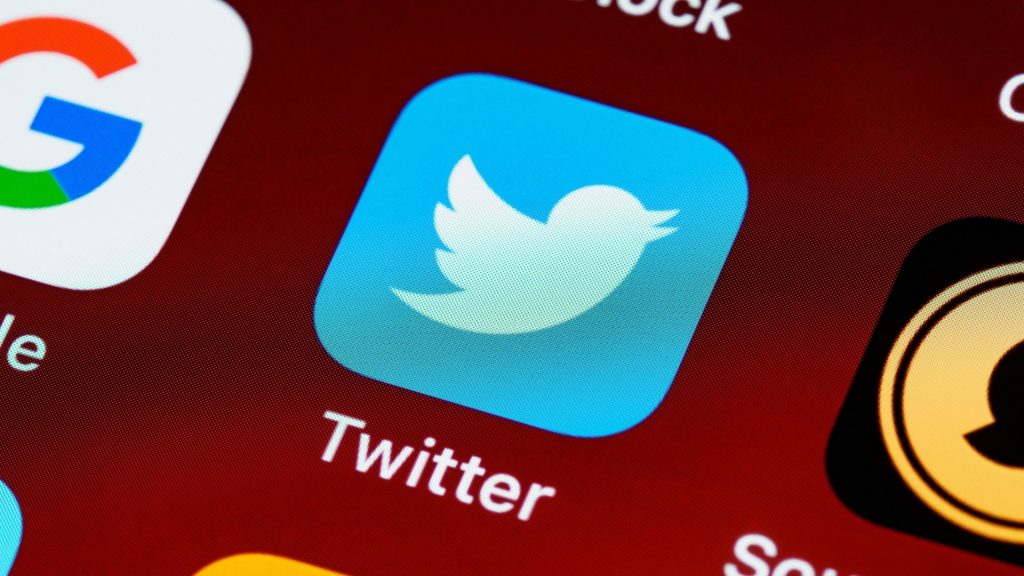Twitter Marketing Strategy: Best Practices in 2022
Inci Vardar
Twitter has been around for a long time, but not many marketers consider it their primary social communication channel. First of all, unlike Meta platforms, it doesn’t provide ridiculous amounts of user data for targeting. Also, placing ads on Twitter can be a little costly for many businesses. But that doesn’t make the platform any less valuable at all. The organic reach and engagement that Twitter communication receives are pretty outstanding. Your brand can be king for a day with a genius piece of content (and some luck) without paying a dime. This opportunity also makes it probable to conduct sustainable marketing with a well-planned Twitter marketing strategy and be king for a lifetime.

Why Should You Have a Twitter Marketing Strategy?
Quick story: About half an hour ago, I was trying to find out how to start this blog piece and opened Twitter to get some inspiration. Soon I lost track of time along with my aim, scrolling through the content the people shared, some of whom I didn’t even follow. During that time, I clicked on a link to read an irrelevant article, watched a couple of cat videos, and like a sleepwalker suddenly waking up, caught myself Googling for a product that I didn’t need at all. Why? Because someone I follow commented on a tweet in which that product was praised. And due to my profession, I should be a little more immune to that kind of spontaneous online shopping burst, right?

In a nutshell, that’s why you should conduct marketing on Twitter and work on a sound strategy to take control of your brand’s narrative. It may only be the 14th most active platform globally, but don’t let this ranking mislead you. Twitter hit its highest growth rate in 2020 and made it to the headlines several times this year because of Elon Musk’s tentative acquisition news. Now Twitter has 436 million monthly active users, and even my father (aged 70) knows about the platform. But the age group that uses Twitter most are 25-34-year-olds (38.5%), followed by 18-24-year-olds (17.1%). What’s more, it has rolled out new products and marketing tools in recent months, which has the potential to add to the micro-blogging platform’s popularity. So it’s no wonder the platform boasts “217 million monetizable daily active users”.
Even without brand mentions, Twitter sometimes works like word of mouth. It doesn’t flood you with branded content like Instagram, but if a piece of content receives interaction from your social circle, you can’t help but see it over and over again. You don’t need to push brand messages to raise awareness on Twitter constantly. There are more effective ways to interact with people and build rapport thanks to its prominent, 100% free features.
Top 3 Features That Make Twitter a Good Marketing Platform
Twitter offers a variety of marketing tools to business profiles, but even without paid advertising, brands can gain visibility and reach their prospects organically. The platform actually asks so little of you and provides more than plenty in return.

- Easy tracking: Twitter is mainly text-based, which makes it an ideal platform for keyword searches. Mentions and hashtags make it even easier. Social monitoring allows you to collect valuable information on buyer personas, industry trends, and competitor activity.
- Easy distribution: Retweeting content either as is or with personal comments is extremely easy. Also, as mentioned in the example above, the interactions of social circles increase the content’s visibility – although the possibility of becoming a trending topic carries its risks.
- Easy conversation: Nobody needs to follow anybody on Twitter to have a quick public chat. Customers can mention your brand whenever they need support, or you can easily pitch in when they rant about your competitor (for example, check Spotify’s witty answer to Breaking Bad star Aaron Paul here). This feature makes Twitter a great customer support channel.
Tips and Tricks for Building a Solid Twitter Marketing Strategy
Twitter marketing strategy is a part of your overall social media marketing strategy. That’s why contrary to what many articles suggest; you don’t build your brand identity on Twitter. The correct way is to build your brand identity while planning your business strategy and make minor adaptations for Twitter. In this way, platform users can better relate to your messages. However, there needs to be a couple of Twitter-specific points you need to consider in your social marketing strategy.
1. Set up Twitter for Professionals
Professional accounts enable your brand to have a clearly defined presence on Twitter, separate from the general user, with all the relevant information on the profile. You can easily switch to a professional account from account settings.
2. Know Your Audience
The audience’s behavior differs from platform to platform. Knowing how your target audience operates on Twitter, what they share, who they follow, the tone of voice and the issues they react to will help you make better decisions when communicating with them. You can focus on their interests and needs with all this information when creating content.
3. Take Good Care of Your Branding
When you set up your brand account, ensure it reflects your brand personality perfectly with all profile and header photos, updated bio, and tone of voice. You can make minor alterations, such as adopting a more friendly tone, to better resonate with the audience.

4. Create Your Twitter Activity Schedule
This schedule should outline when and how often you’ll tweet, the hours you provide customer support, the tweet formats you want to use, and the content themes you want to target.
You only have 280 characters. Use one or two per tweet, and make sure your hashtags mean something to your brand. Also, following up with the trending hashtags and implementing them in your content is important.
6. Make Twitter Your Customer Support Base
Brands usually use Twitter as their primary help desk because the platform makes tracking mentions, keywords, and hashtags easier and pays close attention to DMs. Although multichannel help desks like Juphy streamline all your social interactions, having a fixed customer support base makes you more accessible.
7. Target Specific KPIs
In social media marketing, there are several important KPIs you need to take into consideration. On Twitter, track your engagement rates, retweets, and follows. Keep an eye on the content types that drive traffic to your website and customer support KPIs like response time and resolution rates.

Your social media marketing strategy -including your Twitter marketing strategy- should aim for high engagement rates to create a community for your business. Download Juphy’s free e-book to learn the best practices.
8. Run Regular Audits
Users change, conversations evolve, and nothing stays the same for a long time in this hyperactive environment. It is better to check your analytics weekly, review your goals and optimize, search for relevant keywords regularly, and look at your buyer personas from time to time to make sure they still reflect your customers.
9. Experiment with Different Content Types
Twitter allows sharing images, videos, gifs, and the use of interactive formats like polls or threads. You can also start your newsletter on Twitter, have a chat with your followers on Twitter Spaces, or interact with some influencer accounts to receive more engagement and obtain more followers.
10. Experiment with Twitter Ads
Advertising is still the best and quickest way to improve your follower base and spread your message more effectively. Test carousel ads, takeover ads, Twitter Amplify, and video advertising, and don’t forget keyword targeting to reach the correct audience.

Juphy’s Twitter Features that Make It #1 Social Media Customer Service Tool
Juphy is an advanced multichannel help desk that helps you streamline all your Twitter communications, as well as your other social channels.

Not only can you receive and respond to all your Twitter interactions, including DMs, but you also automate your social listening processes with keyword tracking and automation rules. Juphy’s team collaboration features can benefit you, especially when dealing with tricky customer support issues, and accelerate the processes with canned responses when necessary.

The great digital customer experience you provide will show on the reports, so don’t forget to check them and take the necessary actions.


How to Integrate Your Twitter Account with Juphy
Setting up Juphy takes about two minutes. You can integrate one or more Twitter accounts with Juphy by filling in the account name and password, and you’re done. Start your 7-Day Free Trial now and put your Twitter marketing strategy to good use in no time.
Even without brand mentions, Twitter sometimes works like word of mouth. It doesn’t flood you with branded content like Instagram, but if a piece of content receives interaction from your social circle, you can’t help but see it over and over again. You don’t need to constantly push brand messages on Twitter to raise awareness. There are more effective ways to interact with people and build rapport thanks to its prominent, 100% free features.
1. Easy tracking
2. Easy distribution
3. Easy conversation
1. Set up Twitter for professionals.
2. Know your audience.
3. Take good care of your branding.
4. Create your Twitter activity schedule.
5. Use your hashtags wisely.
6. Make Twitter your customer support base.
7. Target specific KPIs.
8. Run regular audits.
9. Experiment with different content types.
10 Experiment with Twitter ads.
Juphy is an advanced multichannel help desk that helps you streamline all your Twitter communications, as well as your other social channels.
Not only can you receive and respond to all your Twitter interactions, including DMs, but you can also automate your social listening processes with keyword tracking.
Related Article – Best 5 Ways to Provide Customer Service on Twitter

Providing great customer service on Twitter can be very fruitful for your business. Have you tried any of these practices? Read more now!

